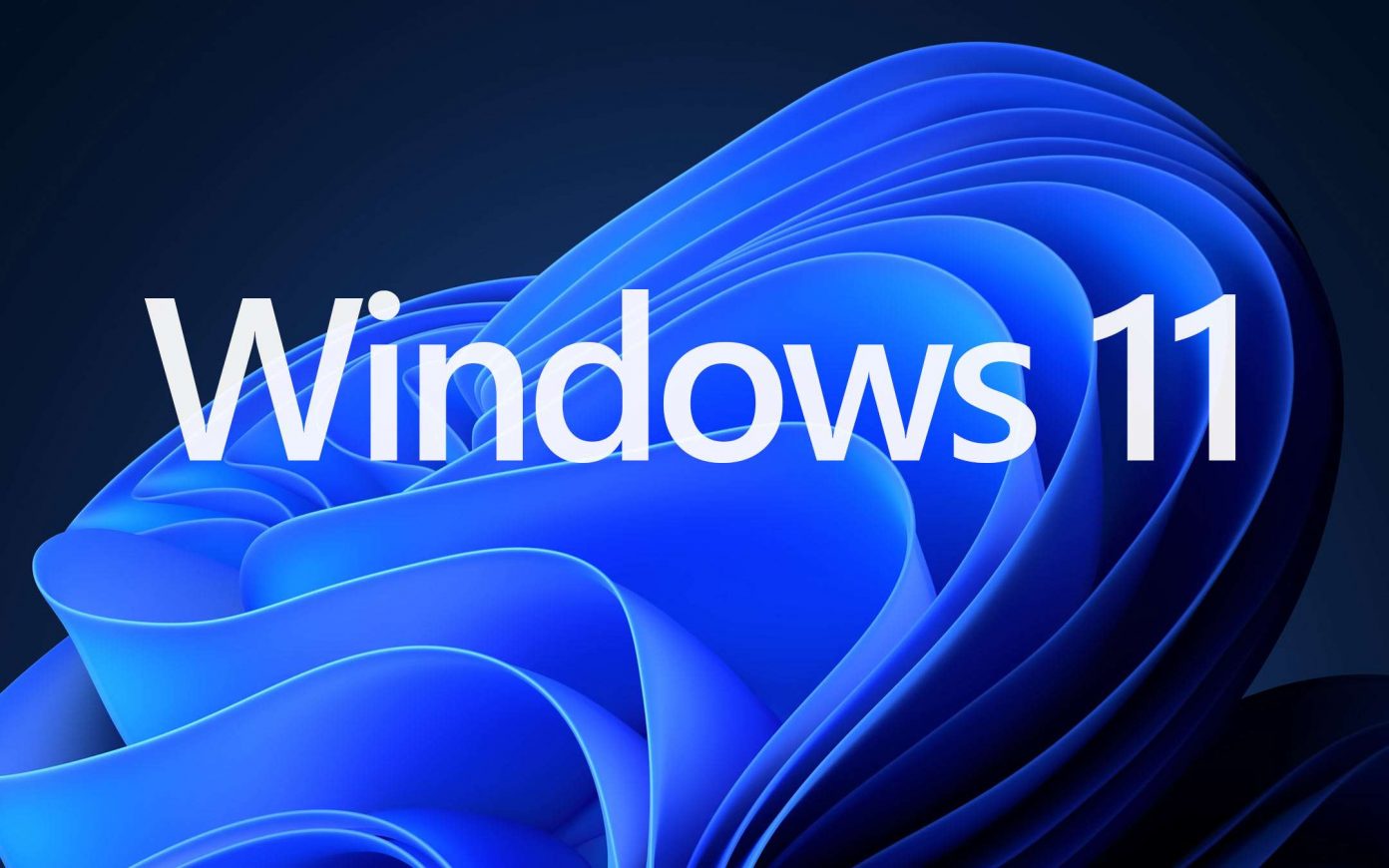
Always-on display is a feature Windows Phone users enjoyed long before it arrived in modern Android smartphones (remember Glance Screen on Lumias with IPS displays?), not to mention Apple's iPhones. Nowadays, even inexpensive smartphones have high-refresh-rate OLED displays capable of always showing a clock, notifications, and even wallpapers. Still, the feature has not made it to tablets and PCs, even though many configurations have OLED screens with dynamic refresh rates. Can Microsoft give such devices the always-on display feature?

Here is a simple concept imagining the always-on display feature for computers running Windows 11. It borrows the idea from Apple's implementation with dimmed lock screen backgrounds and the ability to toggle wallpapers on or off.

Microsoft's desktop operating system has had a screensaver feature since the dawn of dinosaurs (it sits hopelessly neglected in modern Windows versions), so one may argue Microsoft can upgrade it to AOD on compatible hardware. On the other side, the lock screen is not something people with Windows 11 PCs use very often, and its notification capabilities are extremely limited compared to smartphones.
Recent findings in Windows 11 preview builds show that the company is considering bringing interesting changes to its operating system, such as AI-powered effects for the desktop background. AOD probably does not need the power of AI to operate, but it would surely find its enjoyers in the continuously growing customer base.
What do you think about the idea of having an always-on display on a Windows PC? Would you use this feature? Let us know in the comments.
This concept imagines always-on display for Windows 11, do you think the OS needs it?



3175x175(CURRENT).thumb.jpg.b05acc060982b36f5891ba728e6d953c.jpg)
Recommended Comments
There are no comments to display.
Join the conversation
You can post now and register later. If you have an account, sign in now to post with your account.
Note: Your post will require moderator approval before it will be visible.